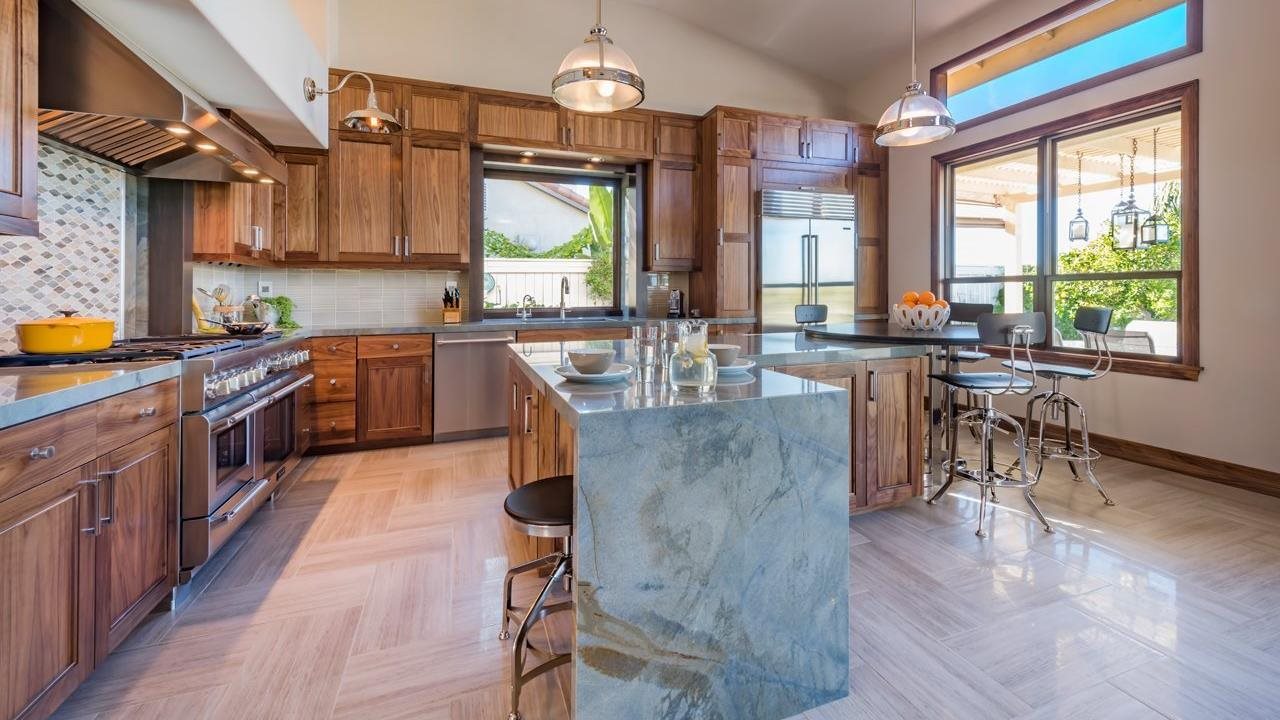
(BPT) – Tile is having a moment. Although you might argue tile has been around for thousands of years (and you’d be correct), today’s tile options for home design are more varied and more versatile than ever. For example, you can use concrete-look or metallic tiles for a modern industrial look, or porcelain tile (made from clay) in earth tones, blues or greens to embrace the nature-derived biophilic design trend. And those are just a couple of examples.
New options in terms of tile materials, colorways, shapes and sizes allow for a wide range of effects that can enhance any area of your home, from floors and counters to accent walls and more — not only bath surrounds or your kitchen backsplash. Because high-quality tile can be a big investment in your home improvement, it’s important to make the correct choice when it comes to one often overlooked material — the right mortar for the job.
The right mortar protects your tile
Which bonding mortar you choose depends on the specifications of the job, such as where it’s located, whether it’s horizontal (floors, counters) or vertical (walls), as well as the size and weight of the tile you’re using. Other consideration include the budget and timeline for your project. Using the right mortar the right way will ensure that your tile stays in place and helps prevent breakage, no matter what type of tile or project you’re planning.
To help you understand your mortar options, the experts at Custom Building Products offer tips for tile installation and how to choose the best mortar for the job.
Standard projects on a budget
If your project is straightforward and doesn’t involve large format tile, and budget is a priority, a good quality choice is VersaBond Professional Thin-Set Mortar. You can use this cost-effective mortar for projects ranging from plywood subfloors to porcelain and glass tile installations. It has outstanding adhesion and good bond strength, making it suitable for interior and exterior floors, countertops and walls.
Large-format tile projects
If you’re considering tile that measures at least 15 inches long, this is considered a large-format tile. This size is becoming increasingly popular for a wide array of residential and commercial projects, used in approximately 80% of tile projects today. Because of their larger size and greater weight, they require specially formulated mortar. VersaBond LFT is a non-sag, non-slump mortar specifically designed for use with large-format porcelain, ceramic and natural stone tile. This mortar supports large and heavy tile, and is suitable for internal and external floors and walls. You can also use this mortar for tiling with in-floor heating systems.
Projects on a tight deadline
If your tiling project needs to be completed as quickly as possible, VersaBond LFT RS mortar will help you fast-track its completion. This rapid-setting, non-sag, non-slump, polymer-modified mortar can be used for large-format porcelain, ceramic and natural stone tile. It features a non-slumping formula to eliminate lippage so the surface remains flat. The biggest benefit is that it cures fast, so you can get started on your grout two hours after installation.
How to avoid trowel and error
Once you’ve got your tile and mortar selected, it’s also crucial to apply the mortar correctly. Here are basic tips to help you or your contractor avoid common errors so your tile installation looks great and lasts for many years to come.
1. Before applying mortar, the surface must be flat, sound and clean.
2. Comb trowel ridges in a straight line, all in the same direction, for the best results and durability.
3. For rectangular tile, trowel ridges should go along the short edge of the tile, which allows for better air release when you apply the tile.
4. Research the right trowel size for the selected tile. Larger tiles often require larger trowels.
5. For large tile or any tile on exterior surfaces, back-buttering tile is recommended. Do this by using the flat side of the trowel to add a smooth layer of mortar to the back side of the tile.
Following these tips, you should be able to correctly install aesthetically pleasing tile to add beauty and functionality to any space in your home.
Ready to get started? To learn more about tile mortar, including tips and tricks for application, visit CustomBuildingProducts.com.
